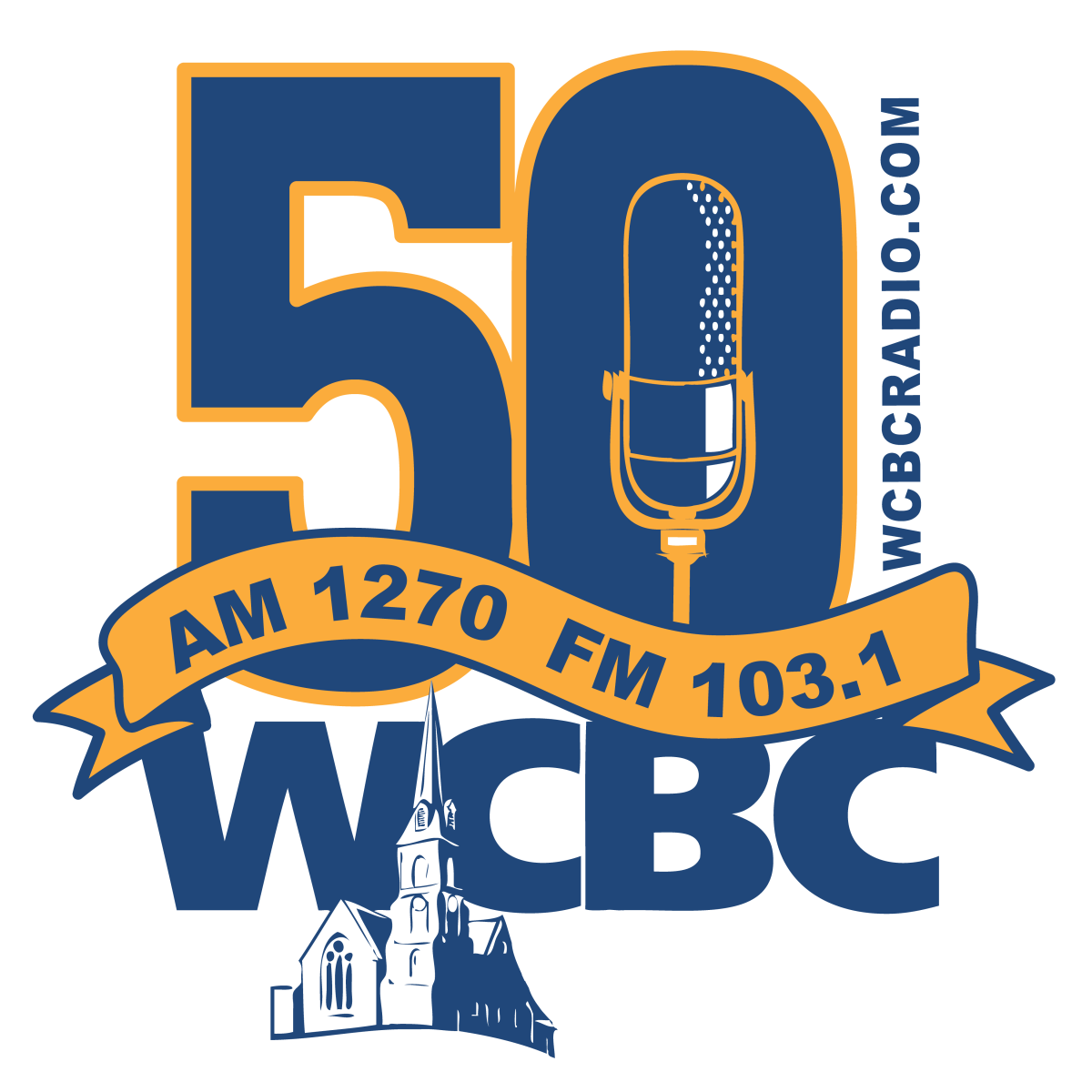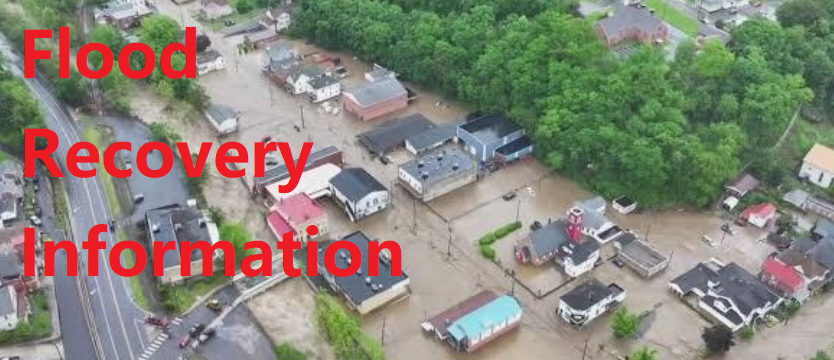August 1st, 2016 by WCBC Radio
State Fire Marshal Brian S. Geraci reminds everyone of the concerns when purchasing life safety devices, for instance, smoke alarms and carbon monoxide (CO) alarms. “It is imperative to be sure the devices are properly tested by an authorized testing laboratory”, stated Geraci. Smoke alarms and CO alarm products sold in the United States are required to be tested in accordance with the Underwriters Laboratories (UL) 217 and 2034 standards. Manufacturers are required to submit these life saving devices to approved testing laboratories, such as, UL or Intertek/ETL for testing and review. Approved laboratories test these devices to the industry-accepted standard. When devices are not tested to this standard, they may not accurately detect the presence of smoke and fire in the appropriate time and thusly not allow occupants to escape the effects of fire or a carbon monoxide incident.
For example, online sales of these life saving devices becomes a concern as the sale of unapproved devices have been located on website retailers like Amazon.com. The Office of the State Fire Marshal has been in contact with representatives from Amazon.com to address the importance of vetting electronic devices and appliances to ensure they are only selling approved products. “The safety of the consumer is paramount and our primary concern”, stated Geraci.
The National Association of State Fire Marshals (NASFM), an association whose principal membership comprises the senior fire officials in the United States and their top deputies, is asking the country's largest online retailer to stop the sale of smoke alarms that are not tested to nationally-recognized standards and which may not comply with applicable building codes in many states and municipalities. NASFM is also asking the Consumer Product Safety Commission (CPSC) to take action to ensure consumers are protected and purchasing safe products. In question, are smoke alarms that do not carry the testing labels from a Nationally Recognized Third Party Testing Laboratory such as Underwriter Laboratories (UL) or Intertek/ETL – the two largest independent safety testing companies for electrical products. Products with these marks are evidence that the smoke alarm has been independently tested and complies with UL 217, Standard for Smoke Alarms, the industry-accepted standard for smoke alarms.
“Perhaps no other items sold to consumers today play a more critical role in protecting their families against fire than smoke alarms,” said NASFM President Butch Browning, who also serves as the Louisiana State Fire Marshal. “Consumers can buy products bearing trusted third party laboratory marks with confidence, knowing that they have been subjected to the prescribed review process and can expect their smoke alarms to perform as promised when needed. Often, that performance can mean the difference between life and death. We are asking the CPSC to investigate this matter and urge Amazon and other online retailers to stop selling smoke alarms and other fire safety products that do not carry the UL or ETL marks, or marks from another third party that has tested the alarms to the UL 217 standard,” he added. “We are also asking that retailers review their smoke alarm products and remove any non-listed products from their websites immediately.”
NASFM identified multiple smoke alarm brands lacking third party testing laboratory marks on Amazon.com including: X-Sense, Arikon and Bovon.
Safety tips and best practices:
· Install at least one smoke alarm on every level of the home, including the basement. For best protection, smoke alarms should be installed inside and outside sleeping rooms. Make sure everyone can hear the alarm, knows what it sounds like and what to do when it activates.
. Keeping bedroom doors closed while sleeping will help prevent smoke and toxic gases from entering the room, allowing more time for the occupant(s) to escape or be rescued.
· People who may be hard-of-hearing or deaf can use specialty alarms. These alarms have lower decibel 520 mhz alarms, lights and/or bed shakers.
· Install photoelectric smoke alarms near the kitchen to prevent nuisance alarms. Generally, the device should be a minimum of 10 feet from a cooking appliance.
· For the best protection, equip your home with a combination of ionization and photoelectric smoke alarms or dual-sensor alarms.
· Smoke alarms with non-replaceable 10 year long-life batteries are available and are designed to remain effective for up to 10 years. These devices are now required where battery-only devices are in use in the State of Maryland. If the alarm chirps on these units, warning that the battery is low, replace the entire smoke alarm right away.
· For smoke alarms with any other type of battery, replace batteries at least once a year (preferably twice a year during daylight saving time). If the alarm chirps, replace only the battery.
· Remember, even alarms that are hard-wired into your home electrical system need to have their battery maintained in case of an electrical power outage.
· Follow the manufacturer’s instructions for cleaning to keep smoke and CO alarms working properly. The instructions are included in the package or can be found on the internet.
· Test alarms once a month using the test button. All smoke and CO alarms should be replaced every ten years to ensure the earliest notification in the event an incident occurs.
· Devise a fire escape plan with two ways out of every room and a designate an outside meeting place. Share and practice the plan with all who live in the home, including children. Be sure guests are aware of the plan as well.
. Ensure everyone is aware of the importance of closing doors as you leave individual rooms and the home.
· When a smoke alarm sounds, get out of the home immediately and go to your pre-planned outside meeting place to call 911.

















